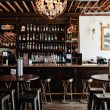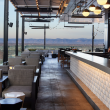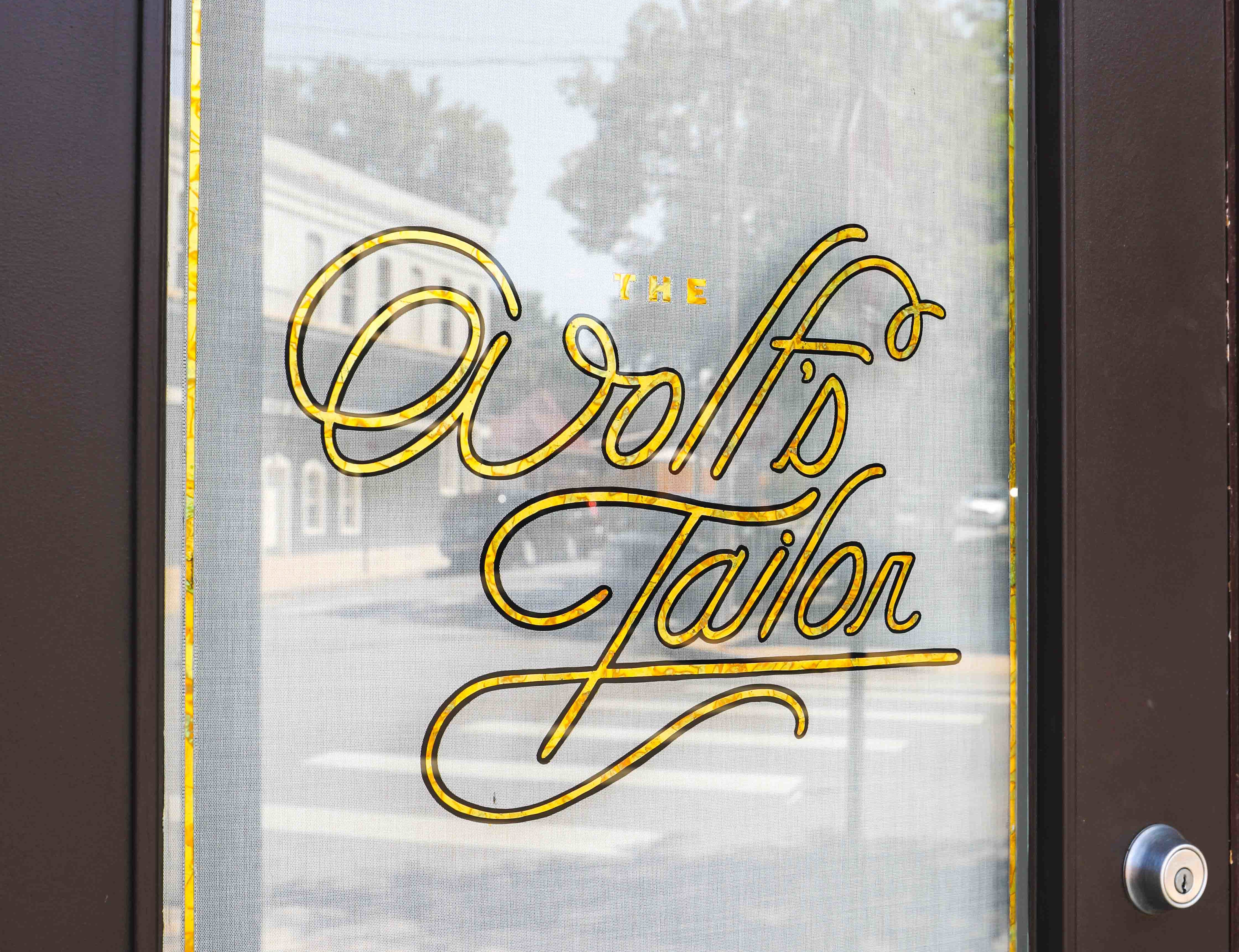Sunnyside will soon gain the much anticipated The Wolf’s Tailor — slated to open in early September. Located at 4058 Tejon Street on a quaint residential street, it will be a neighborhood, walk-in restaurant. But don’t let its casual nature fool you, it’ll pack a punch. From the food to the design, owner Kelly Whitaker has spent four years and traveled thousands of miles to craft his vision for his newest spot.
Whitaker, who is known for his work at Cart Driver and Basta, has had his hands on many more projects in Denver than you may know. That’s one reason why he named his restaurant ‘The Wolf’s Tailor” — meaning the maker of the sheep’s clothing for the wolf so he can slyly catch his sheep for dinner. It’s a nod to the makers of the world: chefs, brewers, farmers and all artisans and his penchant for behind-the-scenes work. Furthermore, the restaurant is a mix of influences from Hong Kong, Tibet, Japan and Italy. His team of chefs has brought their own backgrounds and techniques into the mix as well — making for an eccentric collision of global cuisine.
Whitaker took us around the space and gave us a breakdown of what The Wolf’s Tailor is all about.
The Dining Area
The architects, Kevin Nguyen and Scott Lawrence of Nguyen Lawrence worked in collaboration to design the space (they are also behind Beckon-Call and Hop Alley). Every detail and material used in the space has meaning and purpose to the whole. For instance, the height of the booths is the same as the height of the bar and kitchen. Everything is counter level so the customer is not being looked down upon, making it a more intimate experience. As you walk in, a row of booths sits by the big bright windows. An upper-level dining area — a room inside of a room — called the ‘the Wolf’s Lair,’ for pre-booked tasting experiences is adjacent to the kitchen. The wall in the lair houses its extensive wine program and beautiful wine glasses.
Raw materials like regular plywood and pipe board, ceramic from Heath Ceramics in San Francisco and the brick wall from the previous structure left exposed, makes for a wabi-sabi element — a Japanese term meaning beauty in imperfection. A few small plants give a small bit of color against the brick. The gold lettering on the front door hints that you’re walking into something special.
Kitchen & Bar
The kitchen has big clear glass windows where you can see the chefs cooking, making the experience more connected. Equally important, all of the cooking and bar equipment is specific and inspired by Whitaker’s culinary travels. He has spent a lot of time in Tibet where his sister lives and has worked in dumpling houses and spent time in Asian night markets. Recently, he and The Wolf’s Tailor crew went to Iga, Japan to learn how to cook with Donabe clay pots. He’s also studied in Hong Kong and cooked in a town north of Naples, Italy.
“I’ve been wanting to get into Italian spiedini with the refinement of a Japanese yakitori,” said Whitaker. But it’s not a fusion restaurant, it’s more-so a blending of techniques. Needless to say, unique meat skewers are on the menu.
The team is also trying their hand at the Italian tradition of Acqua Pazza (crazy water) which is fish marinated in seawater, tomatoes and olive oil. Normally cooked in Italian terracotta, they will be using Japanese Donabe pots and making their own seawater.
By the bar, there’s another glass window where you can see dry pasta hanging on steel rods. The crew mills the grain in-house, using 10 to 12 varieties of heirloom wheat to make the pasta noodles. This is a specialty of Whitaker who plans to open a cafe and bar called Dry Storage dedicated to the stuff in Boulder.
And as for the bar, it’s not a traditional collection of all libations in one spot. The bartender is left like a cook to make cocktails and highballs — while the servers handle beer and wine. Perhaps the coolest thing behind the bar is the Suntory highball machine. The New York Times recently wrote about it and apparently, there is only a handful in bars around the US. In between the bar and kitchen, a row of keg taps holds beer, cider and one of the first sake kegs in Denver.
The Backyard
One of the most beautiful and unique parts of the restaurant is the backyard. Much of the produce and herbs are grown back there using Row 7 seeds. Some of the current plants are cucumber, squash, lemongrass and several other vegetables and herbs. The centerpiece between the two rows of gardens is a long table and benches made from Costa Rican wood. In addition, there will be a large fire pit on the other side with more benches surrounding it.
The restaurant is set to open for regular dining on Wednesdays through Saturdays. From 4 to 6 p.m., the zero food waste kitchen will serve snacks made from things like carrot scraps and leftover cuts of meat for skewers through a window from the kitchen to the backyard. Afterward, dinner will be served from 6 to 11 p.m. Tuesdays will be a mix of chef collaboration nights and neighborhood nights. Although the establishment appears to lean towards fine dining, at its heart it’s meant to be a neighborhood, paper napkin joint.
“We are just going to do us and try to figure out what that is,” said Whitaker.
Stay tuned for the opening and more updates.
All photography by Danielle Webster.





